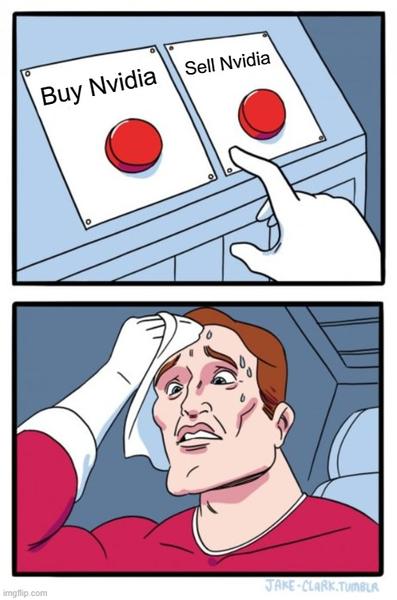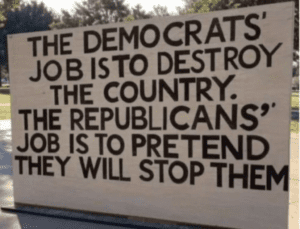If you read yesterday’s post you might be wondering why we would even suggest saying “Is it time to sell Nvidia (NVDA)?”
READ: Just Give Me a Winner Like Nvidia (HERE)
Hear me out.
If you made over 60% on one of your investments in FIVE YEARS it would be called a great return for your money.
But, if you made the same return in less than 60 DAYS, what would you call it?
- A fantastic return?
- Phenomenal return?
- Unbelievable return?
- All the above?
It’s not common to make over 60% on your investments in less than 60 days.
But you could have done it if you read our December 2023“…In Plain English” newsletter (HERE) where we highlighted Nvidia (NVDA) as a game changer/big winner in the AI industry.
We’re not bragging about it.
In fact, we consider it lucky that it moved so quickly to the upside.
But one of our many favorite sayings is:
“I’d rather be lucky than smart.”
And, for all our Spanish speaking friends:
“Prefiero Tener Suerte que ser experto”
But as far as taking profits on NVDA, we remind you of an old Wall Street saying:
You’re Never Wrong Taking Profits.
And as with all stocks, you should have ranges – both on the upside and downside – that tell you when to buy or sell.
That being the case, NVDA would have crushed that criterion as it moved so violently to the upside in such a short time.
But, Is It Time to Sell Nvidia?
To a certain degree we say, YES.
And that requires further explanation.
First, we are not saying you should sell your entire position. But let’s look at some options using the example from yesterday’s email of buying 10 shares.
If you sell all 10 shares you have cashed out with a fantastic profit…nothing wrong with that.
But, if NVDA continues to rise you will find yourself saying… “I shouldn’t have sold.
However, if you sell only 5 shares, you have put $3,700 in your pocket and you still have 5 shares to capture any upside.
This accomplishes several things:
- If NVDA goes down you’ll be happy you sold some.
- If NVDA goes up you’ll be happy you still have it.
- But by selling half of your original investment and making a profit you end up with 5 shares with a “cost basis” of $1,860.
Do the math.
You bought 10 shares at 456 = 4,560).
You sold 5 sold at 740 = 3,700. (4,560 – 3,700 = $1,860 remaining cost basis)
Translation: NVDA would have to fall in price all the way down to $372 per share before you could lose money.
And you would have plenty of time to sell before it gets to $372.
If you like ideas like this, then you should definitely invest in our “…In Plain English” newsletter (HERE).
So, what are you waiting for.
Go (HERE) now!
And share this with a friend…even if they don’t know what a “cost basis” is.
They’ll thank YOU later.
And tell them:
We’re Not Just About Finance
But we use finance to give you hope.
**************************************
|
|
You are receiving this email because you opted in via our website.












Diane Story
February 15, 2024Thank you for not making us log in for your daily posts. That was too many clicks to get to the post. Also, more often than not, the first try said page not available. That rarely happened before.
Respectfully submitted.